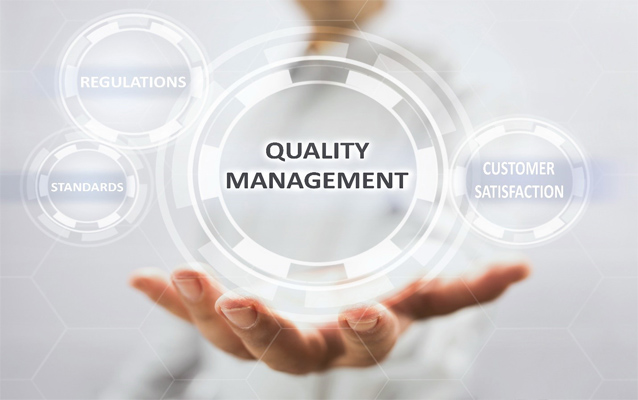Quality Control

Herbal quality control is of greater importance to maintaining the quality of herbs and natural products. When the quality control side has to identify the substance, adulterants and substitutes; The purity of the material and the assay of the active chemical component are of the greatest importance for the particular herb, then they are called essential aspects of quality control. The process in which the qualitative and quantitative values of herbs are measured against established or specified standards and criteria is the process of standardization.

Effective Quality Systems

It is important for an organisation to agree on what the meanings of Quality Assurance (QA) and Quality Control (QC). Both form an integral part of the organisation's quality management plan, and the effectiveness of delivery teams relies on the differences being well understood by all stakeholders, including management.
Effective quality systems can contribute enormously to the success of projects, but the counterpoint is that, when poorly understood, the quality systems are likely to be weak and ineffective in ensuring that the delivered system is delivered on time, built by the team within their allocated budget, and satisfies the customer’s requirements.


Strategy of Prevention

QA is focused on planning, documenting and agreeing on a set of guidelines that are necessary to assure quality. QA planning is undertaken at the beginning of a project, and draws on both software specifications and industry or company standards. The typical outcomes of the QA planning activities are quality plans, inspection and test plans, the selection of defect tracking tools and the training of people in the selected methods and processes.
Strategy of Detection

Quality Control, on the other hand, includes all activities that are designed to determine the level of quality of the delivered ICT solutions. QC is a reactive means by which quality is gauged and monitored, and QC includes all operational techniques and activities used to fulfil requirements for quality. These techniques and activities are agreed with customers and/or stakeholders before project work is commenced.


Benefits of Quality Management

